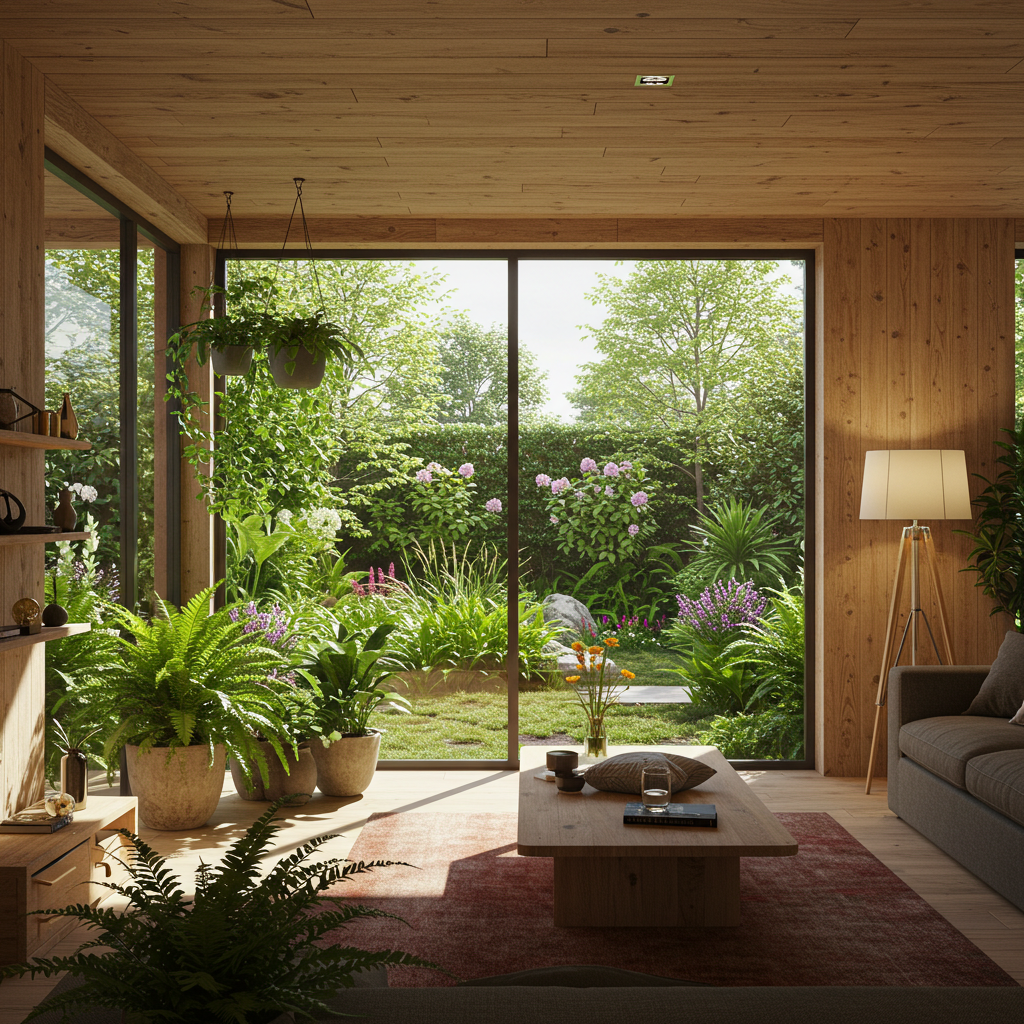The Healing Power of Design
Architecture has a profound impact on our health and well-being. It’s not just about creating aesthetically pleasing structures; it’s about crafting environments that nurture our physical and mental health. This week, we’ll explore how design can promote wellness, creating spaces that heal and inspire.
Understanding Architecture and Health
The built environment influences our physical health through factors like air quality, light, and acoustics. It also impacts our mental health, reducing stress and promoting emotional well-being. Biophilic design, which integrates natural elements, is a powerful tool for enhancing human health.
Design Strategies for Health and Well-being
- Natural Light and Ventilation: Maximizing access to sunlight and fresh air improves mood, productivity, and overall health.
- Biophilic Elements: Incorporating natural materials, plants, and water features reduces stress and enhances cognitive function.
- Noise Reduction: Creating quiet environments through soundproofing and acoustic design minimizes stress and improves concentration.
- Ergonomic Design: Designing spaces that support comfortable movement and posture reduces physical strain and promotes well-being.
The Role of Biophilic Design
Biophilic design principles, such as visual connections to nature, natural light, and natural materials, have been shown to reduce stress, improve cognitive function, and enhance creativity. Integrating these elements into architectural projects creates healthier and more inspiring environments.
Creating Healthy Indoor Environments
Indoor air quality is crucial for health. Ventilation systems and low-VOC materials help maintain clean air. Acoustics play a significant role in creating peaceful environments, and thermal comfort ensures occupants feel comfortable and productive.
Conclusion: Designing for Holistic Wellness
Architecture has the power to promote holistic wellness by creating environments that nurture our physical and mental health. By embracing healthy building practices, we can design spaces that heal, inspire, and enhance the quality of life.
This month, we’ve explored the human side of architecture, examining how design impacts our emotions, accessibility, community, and health. By understanding these connections, we can create spaces that truly serve the needs of people.
We encourage you to share your experiences and questions about architecture and well-being in the comments below, and reflect on how you can create healthier environments in your own life.

